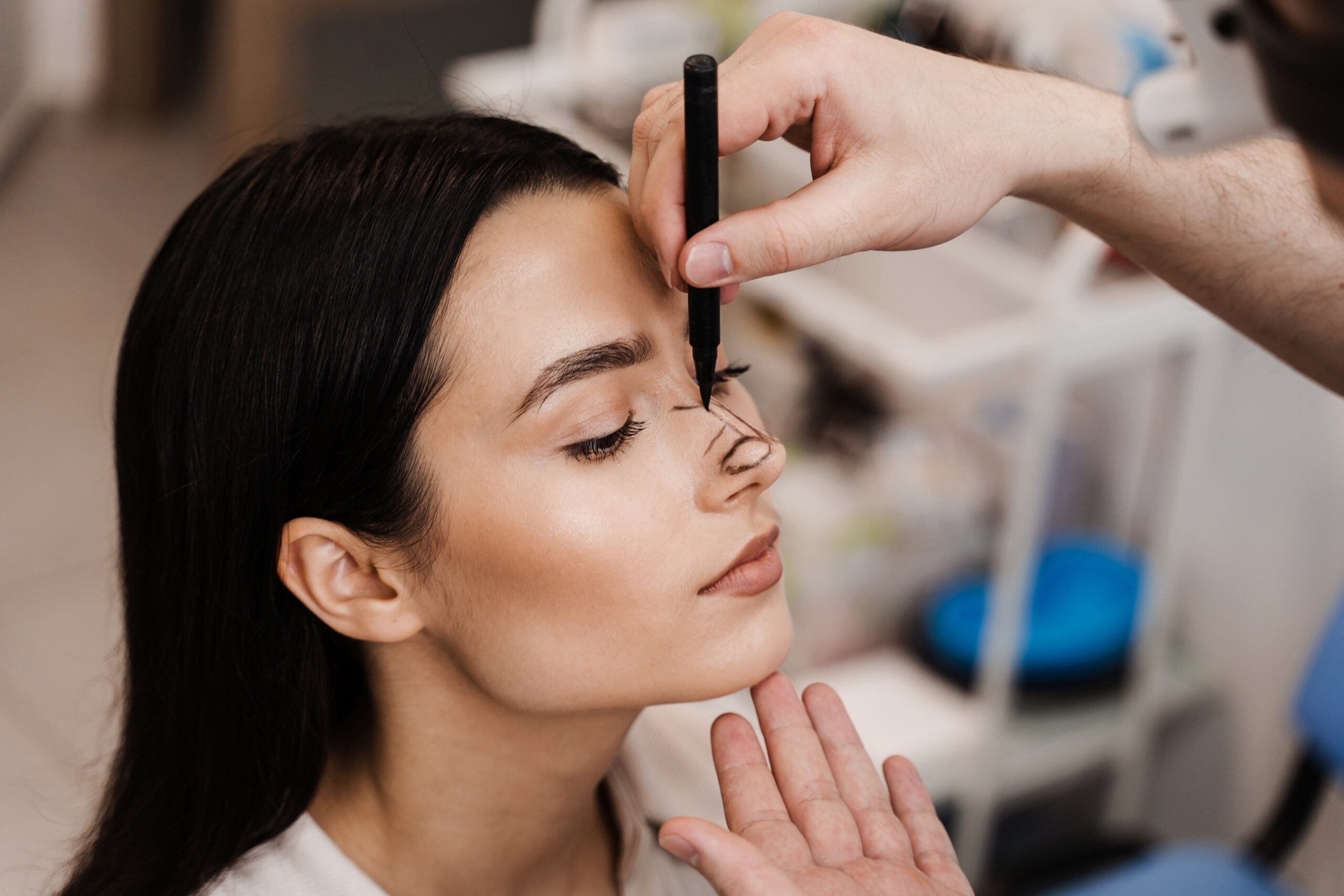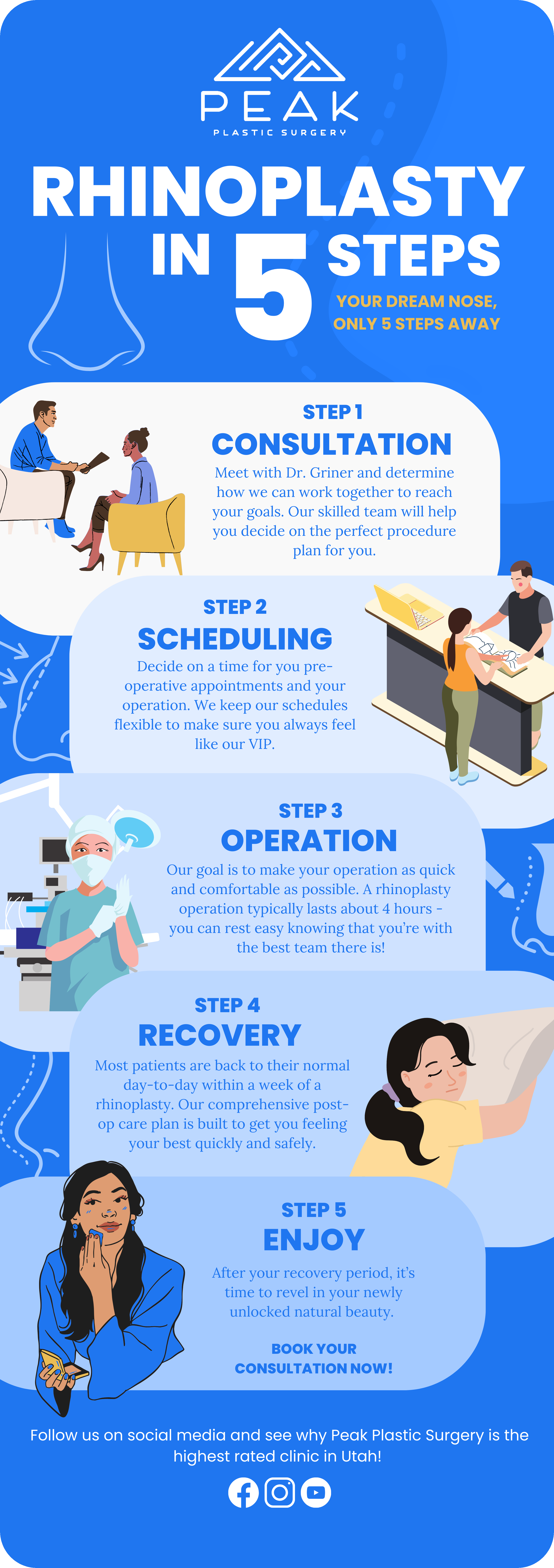Your Dream Nose, Our Expertise
Rhinoplasty
Your nose holds significant sway in establishing a harmonious and appealing facial aesthetic. Both men and women often find that an inadequately proportioned or misshapen nose can substantially influence their comfort and confidence concerning their looks. Dr. Griner is an internationally renowned expert in rhinoplasty, a procedure designed to enhance the structural integrity of the nasal region, elevate your overall appearance, and bring balance to your facial attributes.



